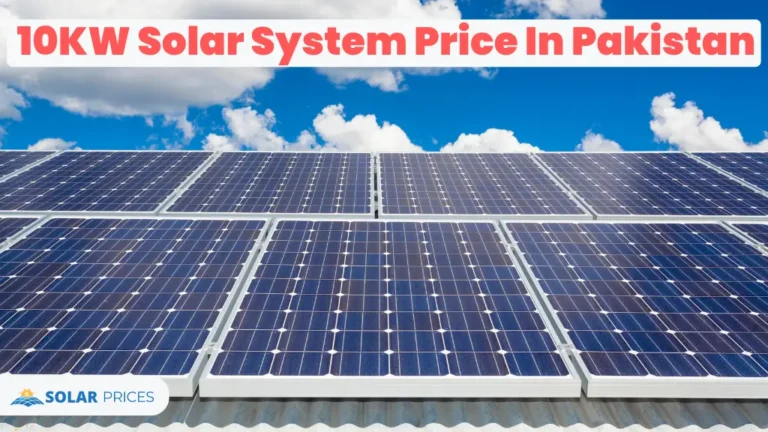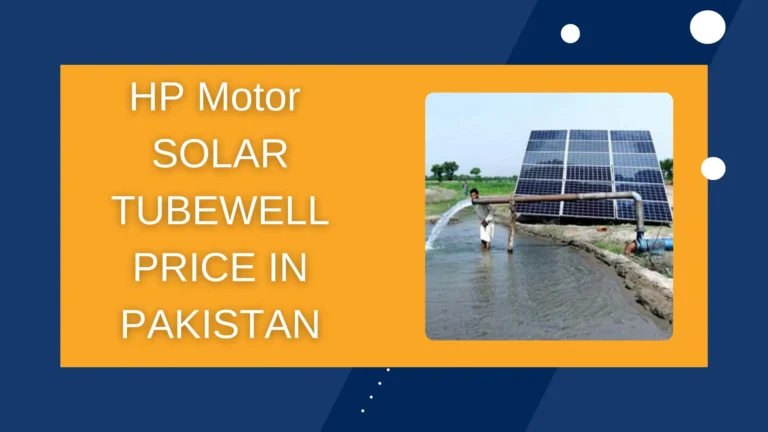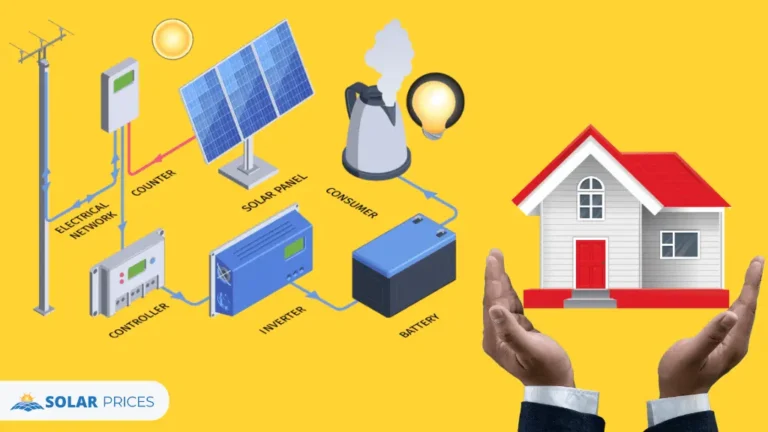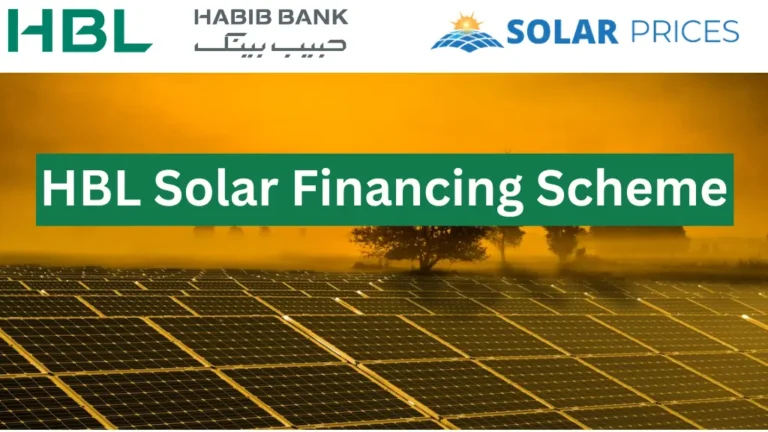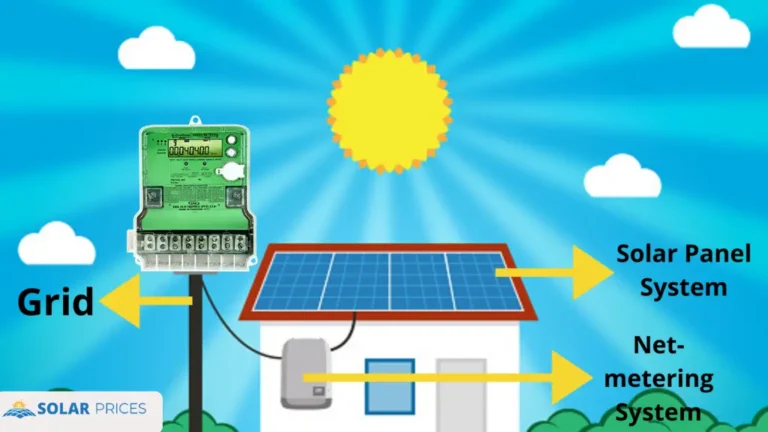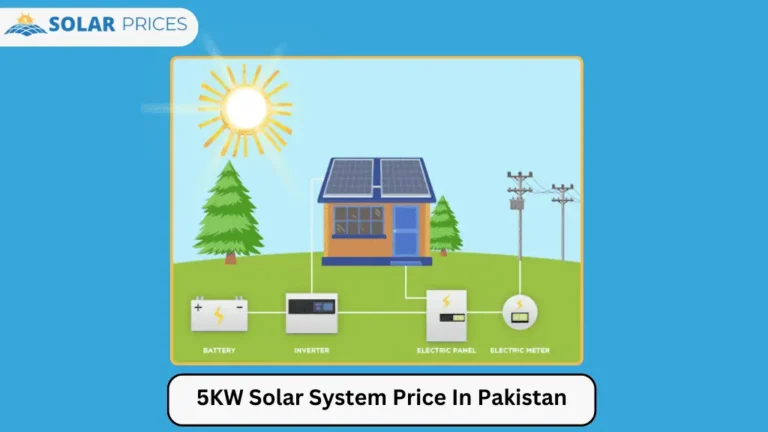What is An Off-grid Solar System? Pros and Cons – All Covered
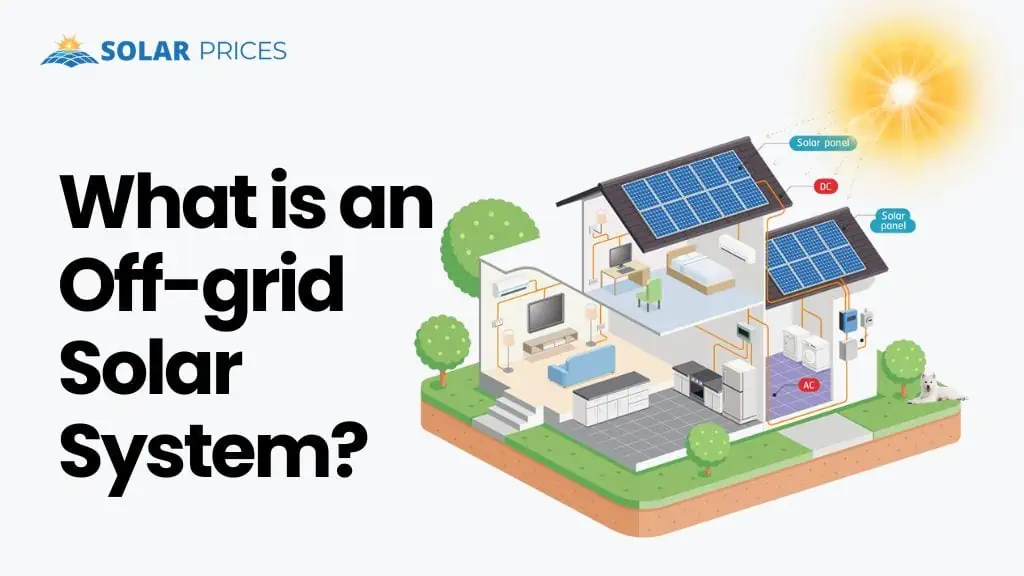
Integrating a solar system into your home is a proven method to save money on electricity bills. It also helps lower your carbon footprint on the environment. However, for a solar system installation, there are a lot of things to care about. This is important because you will invest a lot of money into solar equipment that will last many years.
Solar energy may be incredibly beneficial when used properly, and the best way to benefit from it is to set up an off-grid solar system. The off-grid system operates independently of the utility station or local power station.
If you find a trustworthy solar partner (solar installer) with a good reputation, he will guide you through these decisions and help you get a perfect solar system for your project. However, doing a little homework before you contact any installer is recommended for basic know-how of solar systems. Today, we will learn all about the off-grid solar system, its working, advantages, and disadvantages in more depth.
What is An Off-grid Solar System?
An off-grid solar system, contrary to an on-grid solar system, is a system that produces electricity autonomously without any connection to the local power grid or utility grid. This is what the name suggests as an off-grid solar system.
The off-grid solar system is made up of multiple essential components. They combine to produce electric power, store, and supply the generated power to the consumer. Such a solar system requires a set of batteries to power in the nighttime.
The batteries are a very important part of this system as they store the excessive power produced by the solar panels in the daytime. Remember, this photovoltaic system (solar system) doesn’t offer a net metering facility. Because there is no direct or indirect connection built up between the national power grid/station and the installed solar system.
Components of an Off-grid Solar System
An off-grid solar system consists of several primary components. These components are listed in the following:
- Solar panels
- Off-grid inverter
- Charge controller
- Tubular / Lithium Batteries
- Panel board
- Solar panel stand/frame
- AC & DC wires
- AC & DC breakers
- AC & DC connectors
- DC connection BOX
- Reinforcement generators
- Change over devices
How do the Components Participate in Power Production?
Solar Panels: These are the primary components of the system that convert sunlight to electricity. When solar panels are exposed to sunlight, they produce direct current (DC).
Charging Control: It is a sort of controlling device. The system that monitors the flow of electricity from solar panels to batteries is incomplete without a charge controller. It protects the battery’s longevity by preventing overcharging.
Solar Batteries: Off-grid systems rely on batteries to store excess electricity generated by solar panels during days with excellent sunshine. These batteries store energy and can be used on cloudy or foggy days or nights when solar production is very little to none.
Solar Inverter: The inverter converts direct current (DC) electricity generated by solar panels and batteries into alternating current (AC), which is then used to power household appliances and electronic devices.
Optional Backup Generator: An off-grid solar system may occasionally include a backup generator to provide additional power during extended periods of insufficient sunlight or extended electrical energy demand.
System for Monitoring and Control: A monitoring system allows users to track the performance and condition of their off-grid solar installation. It provides essential information regarding energy output, battery life, and system health.
Also read about today’s solar panel prices in Pakistan
How Does An Off-Grid Solar System Work?
In an off-grid system, PV cells (solar cells) generate power when sunlight strikes the solar panels. The electrons from the valance shell of silicon atoms become free (excited) and flow through the circuit, resulting in the production of electricity. The generated current is subsequently sent to the inverter. The off-grid solar system is highly useful when there is no grid connection available. The following is how an off-grid system works:
1. Conversion of Current
The electricity produced by the solar panels is Direct Current (DC). It is then transformed by an inverter into an alternating current (AC). AC home appliances work around at 240 volts. The energy travels through wires and outlets to our home or company. This is how AC current is utilized by domestic or organizational electric and electronic devices.
2. Backup Storage of Excess Power Production
The batteries store the abundant power generated by the solar panels. The off-grid system should be carefully built so that there are enough solar panels and batteries available in the winter. Solar batteries store extra generated electrical power for later usage.
As a result, we can store any excess solar electricity that would otherwise go unused and use it when the sun is not available to charge our panels. The off-grid solar system employs battery technology to store energy.
Precautions for the Off-grid Solar System?
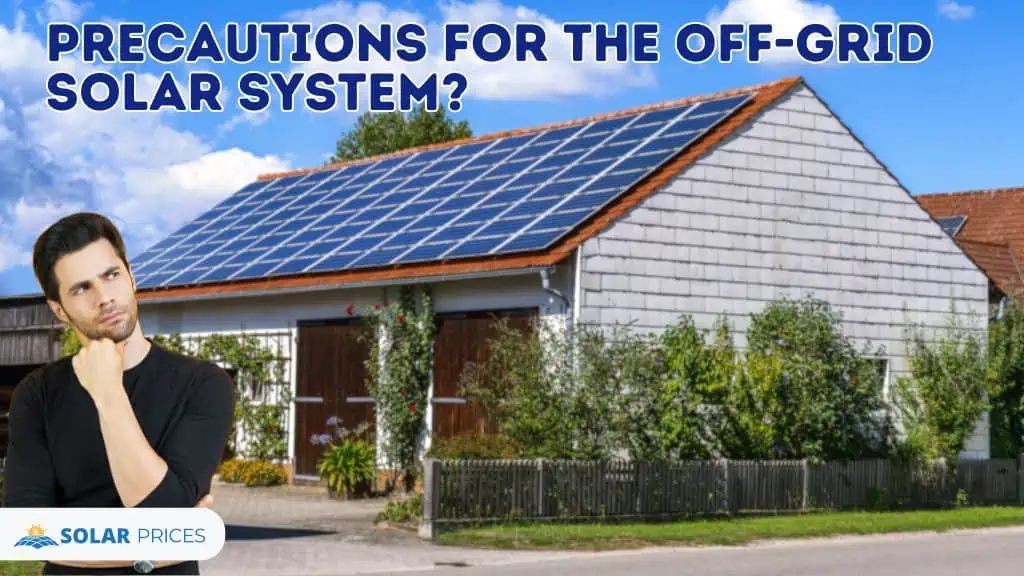
A solar power system is a fantastic way to generate your own clean and renewable energy. An off-grid solar system is a viable choice for domestic as well as commercial applications. However, there are some precautions to keep in mind before making any investment.
When selecting an off-grid solar system, there are several factors to consider, including the appropriate size of the solar system according to your energy needs, the solar battery type, and the temperature range of the environment where you live. These factors can drastically impact your solar investment if your system does not work as it was intended to perform
Advantages of Off-grid Solar Systems
The off-grid solar-powered systems are highly versatile and save the environment by reducing carbon emissions: The key advantages are listed below:
- Completely dependable source of electrical power, linked with solar batteries.
- Offers electrical independence. No energy from the utility grid is required.
- Potentially able to reduce electrical bills to zero.
- Sustainable power sources with the lowest carbon footprint.
- Supports and betters the ecological conditions to save the environment.
- Highly beneficial for distant territories with no access to the grid.
Disadvantages of Off-grid Solar Systems
There are some sort of bad sides or downsides of off-grid solar systems. Some of the main disadvantages are listed below:
- Higher Upfront Investment than for grid-tied systems.
- Ongoing maintenance and replacement of batteries.
- Power output limitation due to variable sunshine.

